When you think of the pioneers in cryptography and cybersecurity, one name that stands out is Dr. Taher Elgamal. He has had an incredible journey spanning decades of innovation, from growing up in Cairo and studying at Stanford to building and selling companies.
Eventually, Taher became a sought-after investor and advisor. His unique path has contributed to some of the most significant breakthroughs in encryption and the tech industry.
This interview provides interesting insights into his journey, insights, and lessons learned from a life spent building, scaling, financing, exiting, and investing. Today, Taher is an investor in a $2B operation deploying capital to upcoming companies.
Listen to the full podcast episode and review the transcript here.
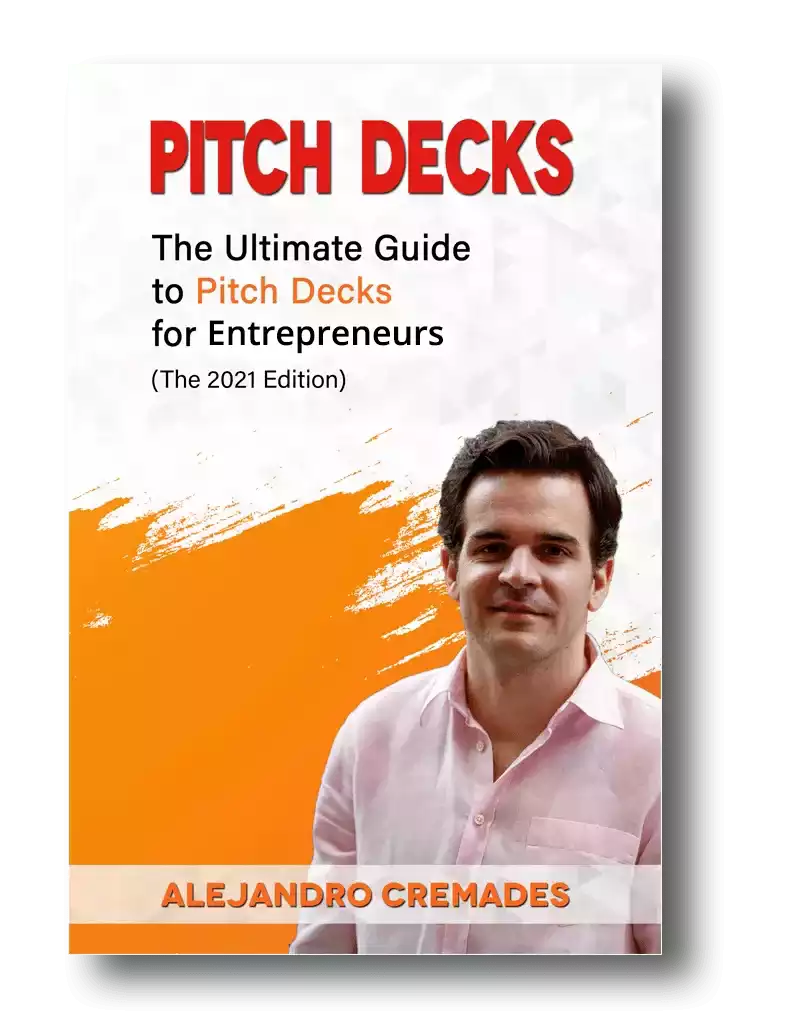
*FREE DOWNLOAD*
The Ultimate Guide To Pitch Decks
The Early Days: A Love for Numbers in Cairo
Born and raised in Cairo, Egypt, Taher’s fascination with numbers began at a very young age. In fact, his parents often related the story of how, as a child, he would spend hours analyzing the numbers in the Cairo phone book.
“The amount of history in Cairo is just unbelievable. You live history,” Taher reflects, drawing a parallel between the ancient history of his homeland and his eventual role in shaping the future of technology.
Taher’s passion for mathematics naturally led him toward an electrical engineering (EE) degree, which would play a key role in his life and become the foundation of his career.
Stanford and the Birth of Cryptography
Taher’s journey took a pivotal turn when he came to the US for graduate studies at Stanford University. His time at Stanford not only gave him access to a world-class education but also connected him with influential figures in the tech industry.
Taher’s PhD advisor, Dr. Martin Hellman, was one such figure—he invented public key cryptography, a revolutionary technology that fundamentally altered how data is secured. “Public key cryptography changed the world. I was just fortunate to be there,” Taher recalls.
Under Hellman’s mentorship, Taher developed patents and techniques that later became industry standards. His work in cryptography became well-known, and this recognition would open doors for him in the future.
From HP Labs to the Startup World
After Stanford, Taher spent some time at Hewlett Packard (HP) Labs, where his technical expertise was further sharpened. His first significant entrepreneurial opportunity presented itself here. His boss at HP Labs left to start Infochip and invited Taher to join as the third co-founder.
The startup journey was entirely new for Taher, but he quickly adapted and gained a lot of visibility. He experienced the full lifecycle of building a company, reaching the finish line, and being able to see the entire landscape as an entrepreneur.
“I built the original prototype, hired engineering teams, and learned how to manage people,” he says. “I also learned how to present to boards, something you can only experience when you’re part of a startup.”
The early days of Infochip were filled with trial and error. One key lesson Taher took away from this experience was the importance of product-market fit. “We had a little bit of both—a belief in technology and market demand—but we could have studied the product-market fit more carefully.”
As Taher learned, successful companies produce things people want to buy, not necessarily things that are technically elegant. They build products based on data and not assumptions.
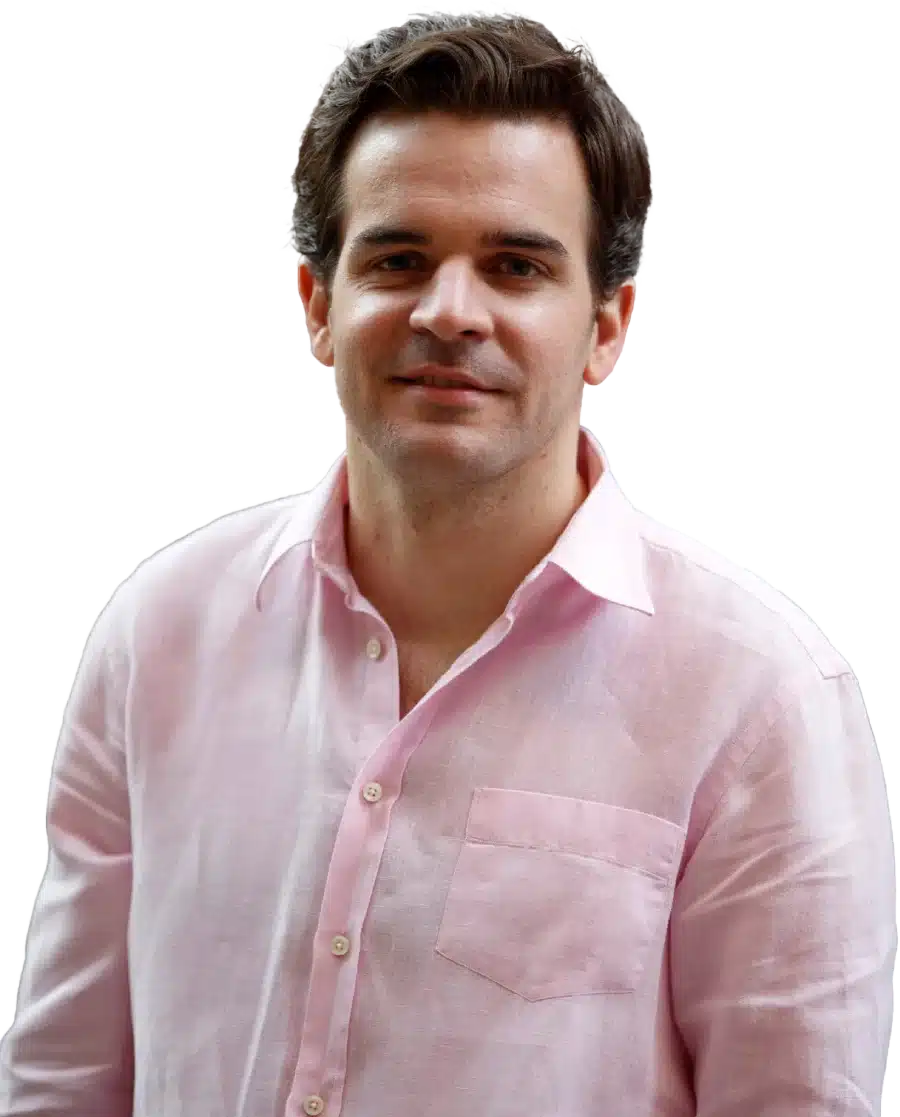
Raise Capital Smarter, Not Harder
- AI Investor Matching: Get instantly connected with the right investors
- Pitch & Financial Model Tools: Sharpen your story with battle-tested frameworks
- Proven Results: Founders are closing 3× faster using StartupFundraising.com
RSA, Netscape, and a Legacy of Cryptography
Taher’s cryptographic expertise soon led him to RSA Security, a small but fast-growing company. He was excited to return to cryptography, which had remained mainly in the domain of government intelligence. Cryptography had always been his original area as a graduate student.
As Taher recalls, cryptography was not a commercial activity at the time, and there were no commercial products in cryptography. He brought a new level of discipline to RSA, managing the engineering team and helping it grow into a major player in the security world.
RSA had a team of seven or eight people, some of the smartest engineers; together, they created software products that people still use today. Taker’s work at RSA paved the way for his next big leap: Netscape, where he became the chief scientist.
At Netscape, Taher joined as the chief scientist, where he worked closely with industry giants like Marc Andreessen and Jim Clark. He helped build the SSL protocol that remains a core security technology on the web today.
Taher has an interesting story about meeting Jim Clark, who was a Stanford professor when he was a grad student in computer graphics. Taher attended a conference where Jim Clark was giving a presentation.
Afterward, Taher approached him and started a conversation about cryptography. This led to the discussion of what Netscape needs to do with cryptography effectively, and Taher got the opportunity to work with Netscape.
Working at Netscape
Tajer also recalls interviewing with Marc Andreessen at a small coffee shop and in downtown Palo Alto. “I remember Marc telling me, ‘We’re going to change the world,’ and we did,” Taher says.
Netscape’s innovative technology and the fierce competition with Microsoft during the early internet days remain some of Taher’s fondest memories. “Netscape played a huge role in making the world a different place. Their engineering team is the best I’ve ever seen.”
Looking back at his roles at Netscape, Taher reveals that his first two years were spent building and implementing the SSL specs into products. He also talked to people. The latter two years were spent doing customer-facing activities.
Netscape was outselling new ideas to large enterprises, but nobody knew what an intranet was at that point. The company had excellent marketing strategies, and customers had security questions about intranets.
Taher was assigned the task of interacting with them. He became the technical talking head about security and learned how to talk to people. This skill he acquired positioned him to build Securify.
Founding Securify: Learning from Customers
Taher’s entrepreneurial spirit resurfaced when he founded Securify, a cybersecurity company. The knowledge he gained from listening to customer pain points at Netscape allowed him to build a consulting and security product company that solved real-world problems.
As Taher inferred, people like to talk if you give them the opportunity to speak without being recorded. They share issues about very specific things when someone is not selling them random things. Taher would be talking about the security of their enterprises and what worked well.
Securify successfully delivered a 5x return to its investors and exited through acquisition. Taher recalls being one of the three co-founders and CEO of the company. He was the domain person and started out as a cryptographer in a technical sense.
Later, Taker became a cybersecurity expert just by talking to customers and consulting. He also learned from his friends at CISCO. Yet, he didn’t stop there—he spun off a product division from Securify and raised $35M for the new venture, even in the tough economic environment of 2001.
Storytelling is everything Taher Elgamal was able to master. The key is capturing the essence of what you are doing in 15 to 20 slides. For a winning deck, take a look at the pitch deck template created by Silicon Valley legend Peter Thiel (see it here), where the most critical slides are highlighted.
Remember to unlock the pitch deck template that founders worldwide are using to raise millions below.
Next, Taher joined Tumbleweed as a board member and went on to become the CTO, leading the company to an exit. In 2008, Axway acquired the company.
Investing and Scaling with Salesforce
One of Taher’s most significant roles came later in his career when he joined Salesforce as a security CTO. During his ten years at Salesforce, Taher witnessed the company’s explosive growth, scaling its security operations to match its rapid expansion into the enterprise space.
At Salesforce, Taher worked closely with its founder and CEO, Marc Benioff. He spent ten years further honing his skills and growing “ten times,” as he puts it.
“Marc is one of the best entrepreneurs and leaders I’ve ever met,” Taher says. “His commitment to transparency with employees changed the way people think about their jobs—not just how they do their jobs, but how they contribute to making the company better.”
This level of transparency, combined with Benioff’s vision, taught Taher invaluable lessons about leadership and organizational culture. It also equipped him with the perspective of a buyer, further rounding out his expertise in understanding what makes a business successful.
Taher recalls how he developed the buyer sense. He learned to have a different view of what people could or could not buy. By the time he left Salesforce, he had built an amazing security team, and the company had become a large enterprise.
Collaborating with Evolution Equity Partners
Before becoming a partner at Evolution Equity Partners, Taher had known the firm for four years. The firm now manages approximately $2B fund and its recently closed third fund (of $1.1B) is the largest cybersecurity-specific fund in the entire industry.
Taher reveals how he interacts with startup leaders, founders, and CEOs. The fund invests in companies that are viable, and Taher enjoys having an impact on startups. The fund invests in startups at any stage, but its most important focus is on the founders.
Taher believes that building the best product for a small market is not enough. Founders should target big markets and consider how the technology and product fit with customers’ wants and needs.
If the fund invests in a later-stage company, its focus is growth. Key factors that come into play include the company’s performance, revenues, growth rates, customer uptake, and feedback. Ultimately, people are the most important thing, as is establishing the product-market fit.
Next, the fund looks at the diversity of its product portfolio, new product development and upgrades, and product planning.
As Taher sees it, the biggest trend for the future is cybersecurity since AI is taking over and changing the world. Every cybersecurity company is leveraging AI to improve its products, but it should also be aware of how AI can make things more dangerous.
Final Thoughts: The Importance of People
Taher’s journey from building cryptographic standards to scaling companies like Netscape and helping Salesforce grow into a tech titan has spanned both the technical and business sides of the table. His biggest lesson? The importance of people.
“When you work with so many different people, you develop a sense of who you can build something successful with. People are the most important asset in any business,” he concludes.
Today, as an investor, advisor, and board member for multiple companies, Taher continues to apply this wisdom. His incredible career is a testament to the power of innovation, perseverance, and the human element behind every great venture.
Listen to the full podcast episode to know more, including:
- Taher Elgamal’s early love for numbers and engineering shaped his innovative career in cryptography and technology.
- Taher’s experience at Stanford, under Dr. Martin Hellman, introduced him to public key cryptography and opened doors in the tech world.
- Building prototypes before understanding product-market fit was a critical lesson from his first startup.
- A chance encounter with Jim Clark led Taher to join Netscape and work on transformative projects like SSL.
- Understanding customer needs and real-world problems is essential for building impactful products, a key insight from his work at Netscape and Securify.
- Success in hypergrowth companies depends on surrounding yourself with the right team and building strong relationships.
- Learning from Marc Benioff at Salesforce, Taher emphasized that transparent leadership inspires employees to improve the company, not just do their jobs.
SUBSCRIBE ON:
Keep in mind that storytelling is everything in fundraising. In this regard, for a winning pitch deck to help you, take a look at the template created by Peter Thiel, the Silicon Valley legend (see it here), which I recently covered. Thiel was the first angel investor in Facebook with a $500K check that turned into more than $1 billion in cash.
*FREE DOWNLOAD*
The Ultimate Guide To Pitch Decks
Remember to unlock for free the pitch deck template that founders around the world are using to raise millions below.

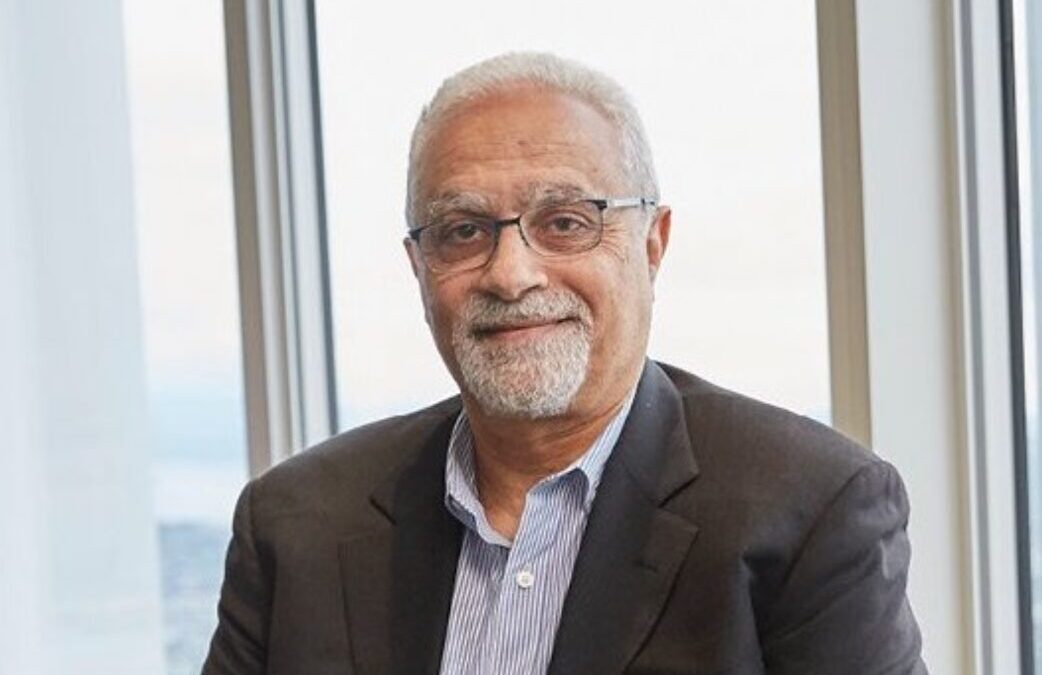
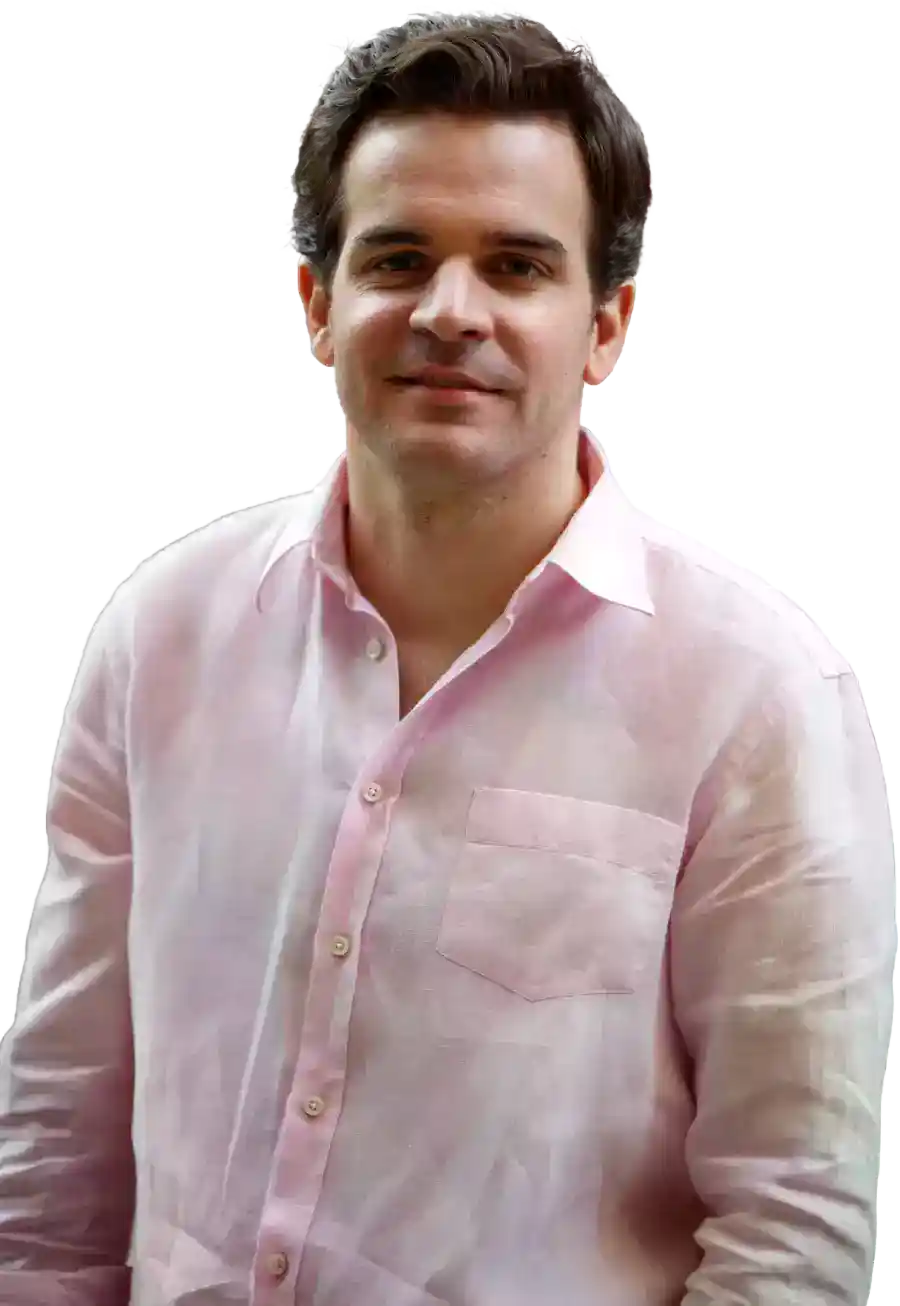

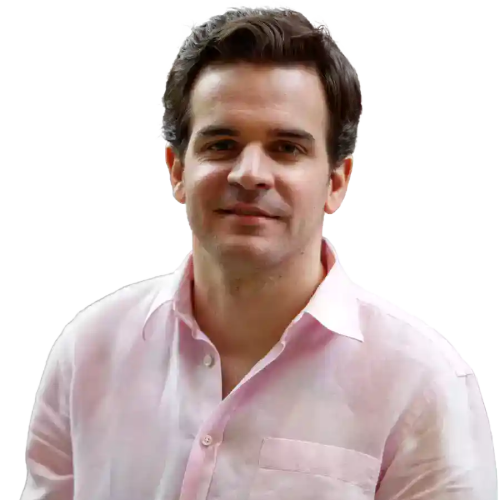
Facebook Comments